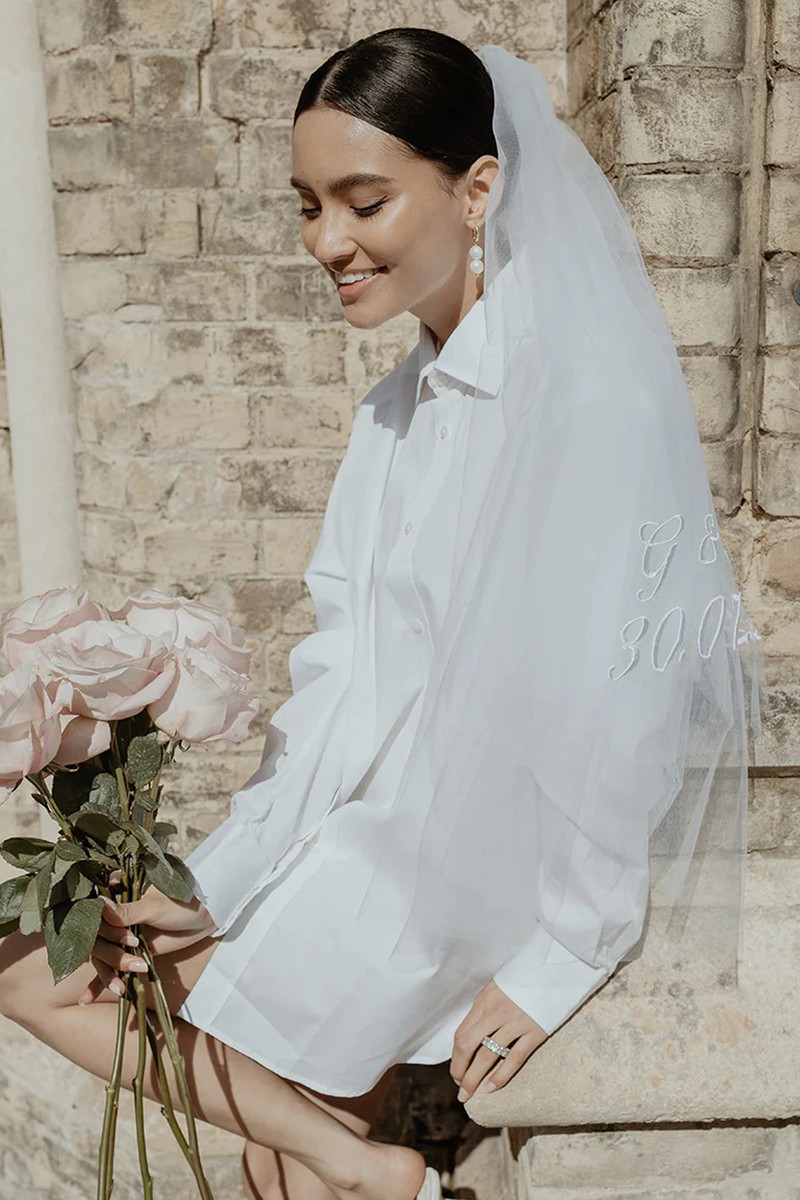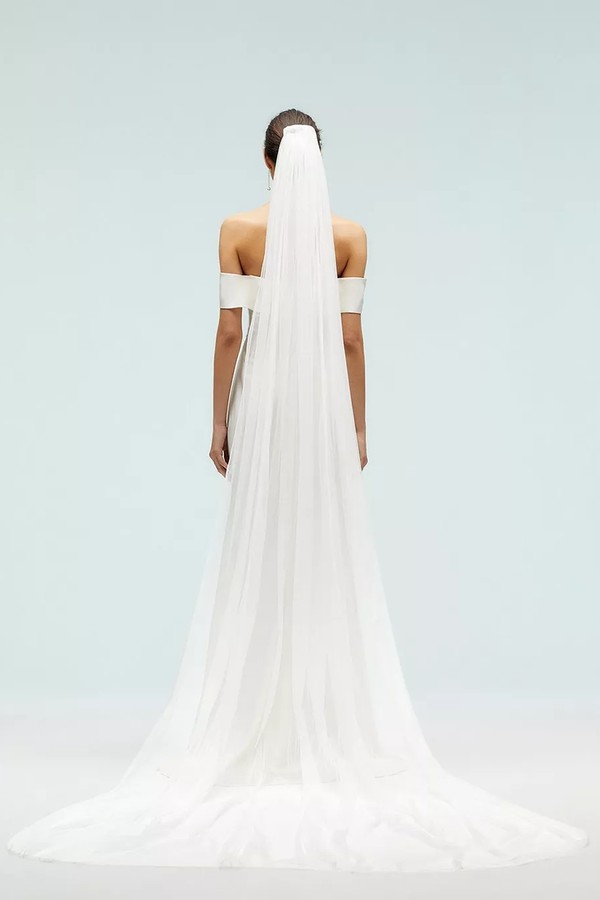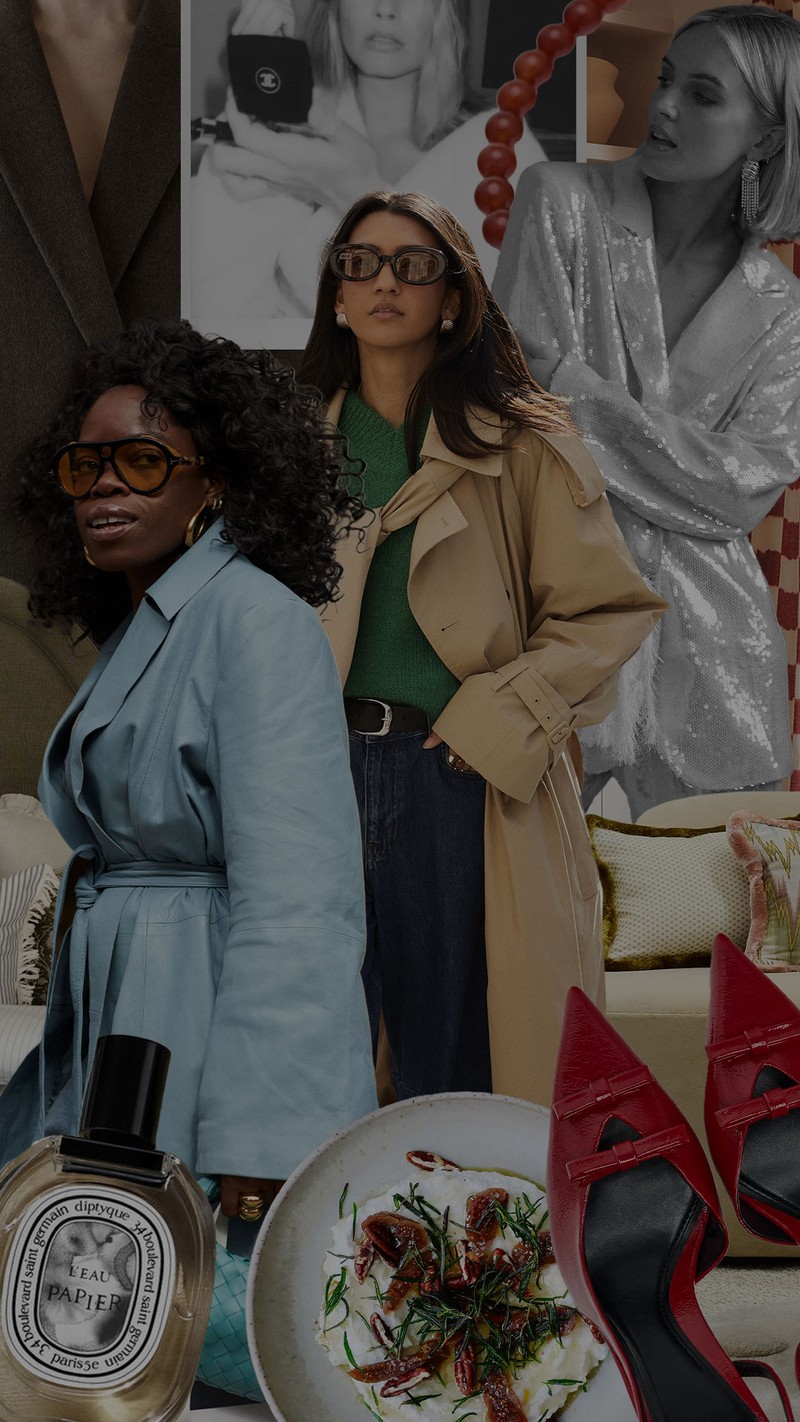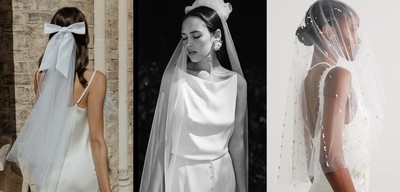
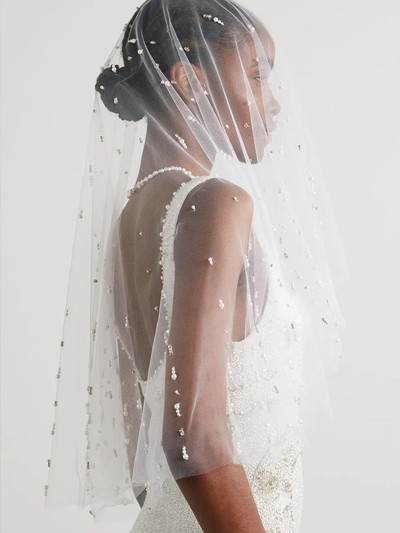
22 Veils To Complete Your Bridal Look
From Hailey Bieber to Barbara Palvin, the coolest brides wear veils. A tradition that has had a fashionable update, these are our favourites…
All products on this page have been selected by our editorial team, however we may make commission on some products.
These days, going personalised is the way to make veils looks more modern – try handwritten messages or meaningful verses to make it more special.
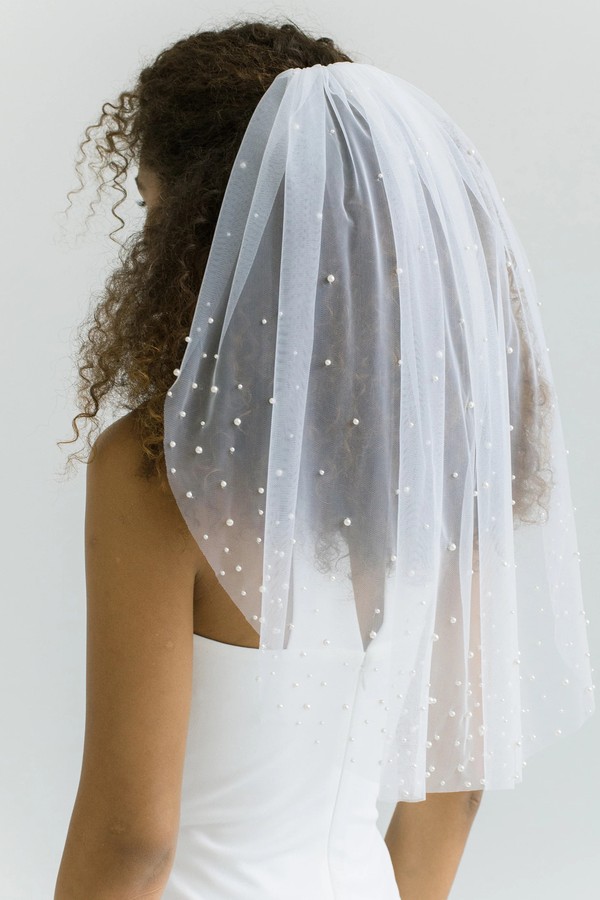
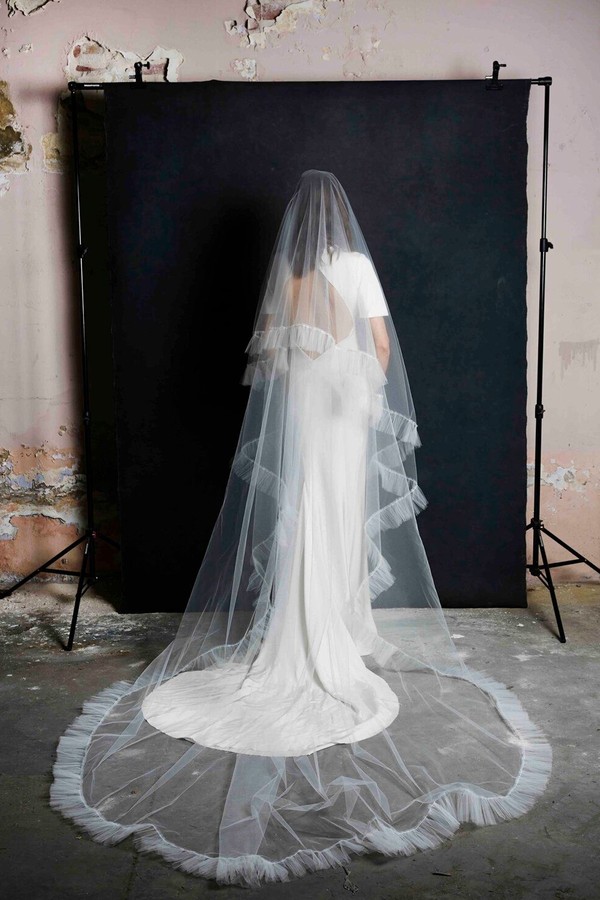
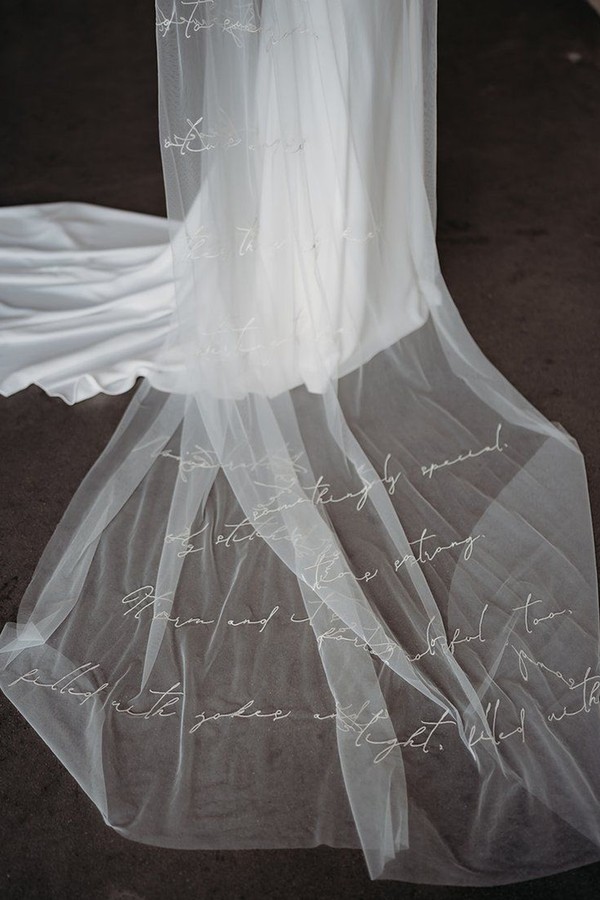
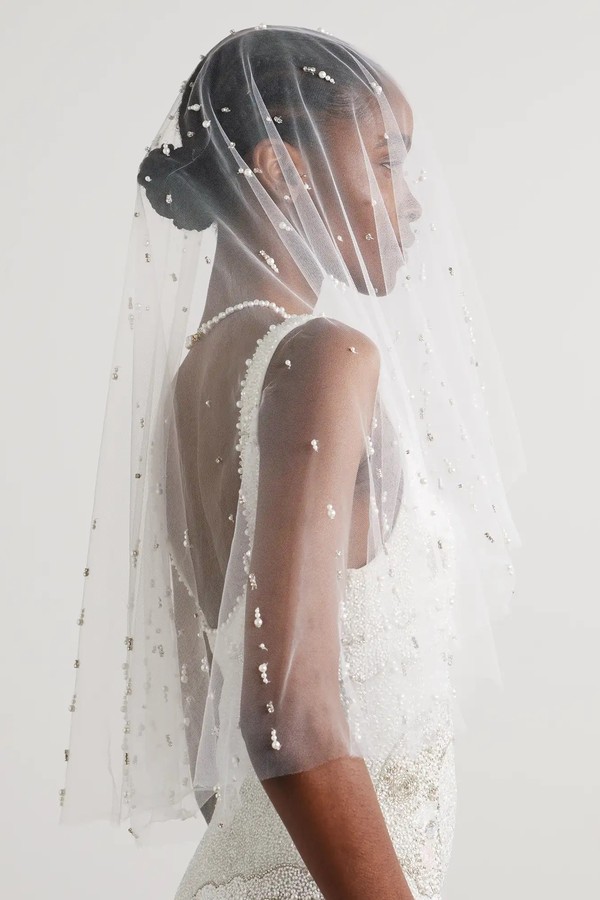
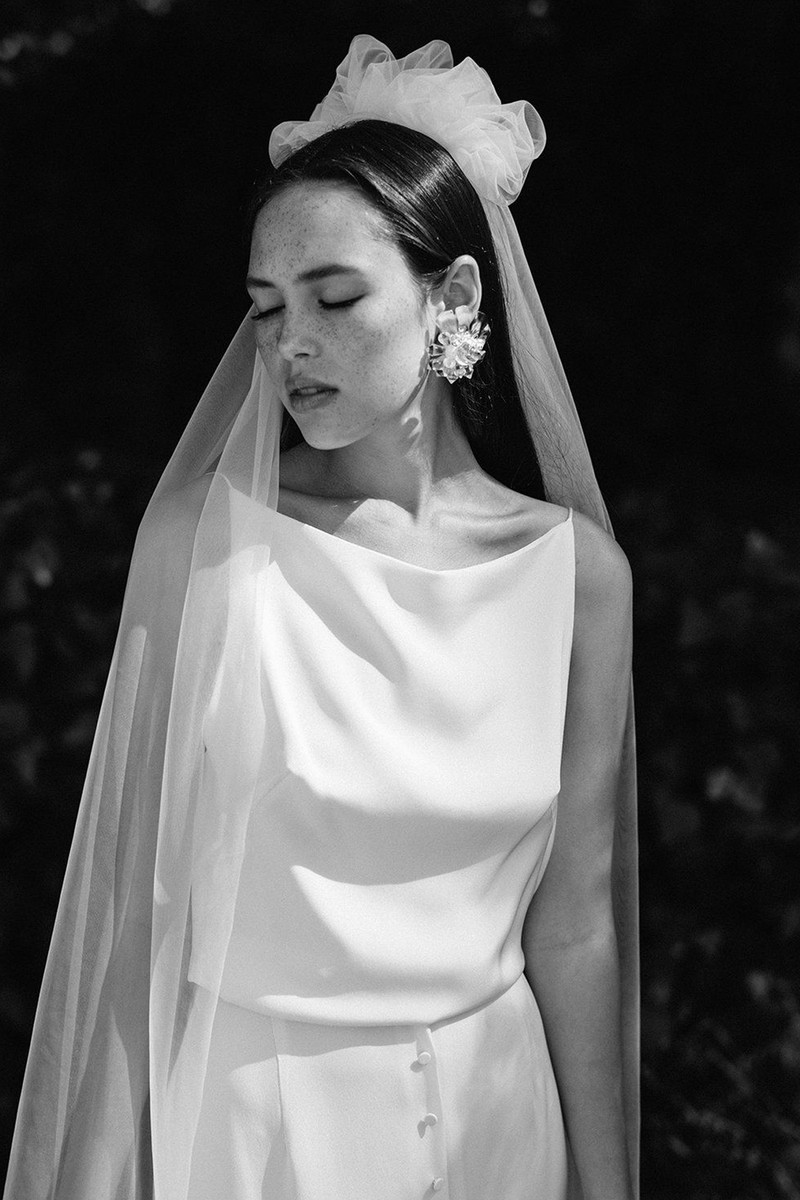
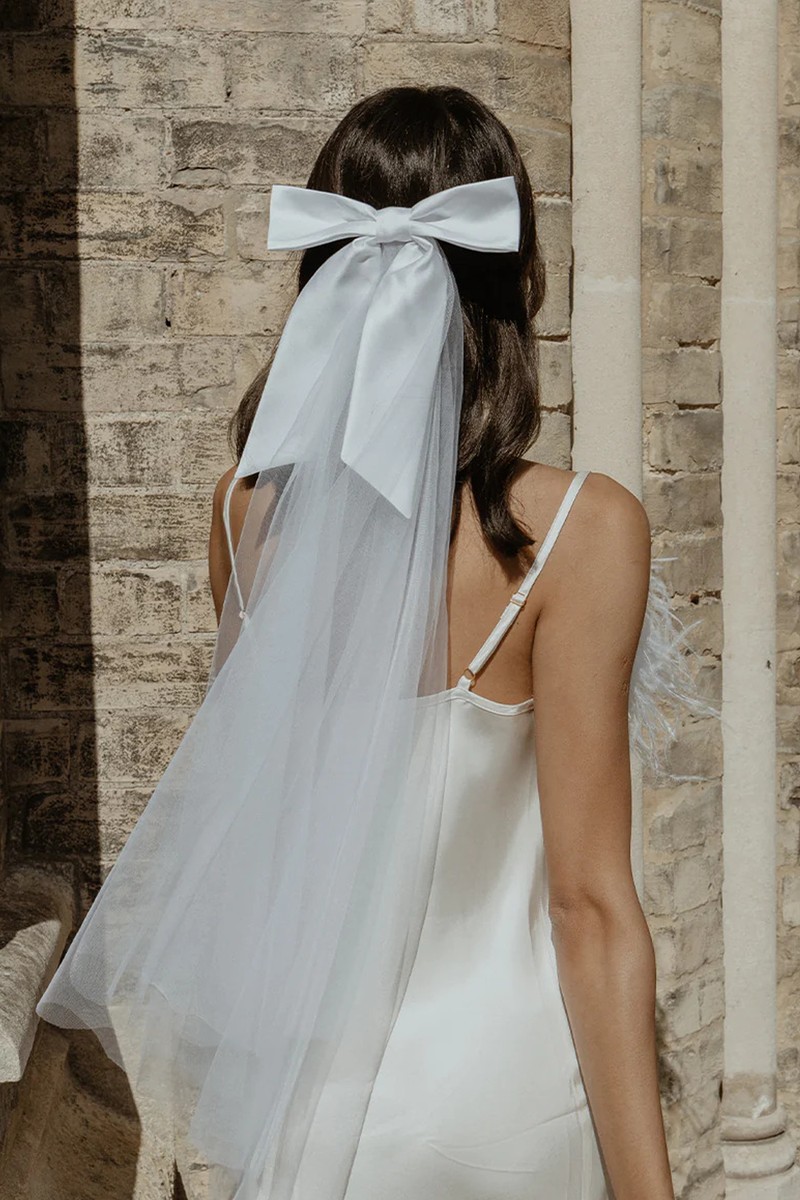
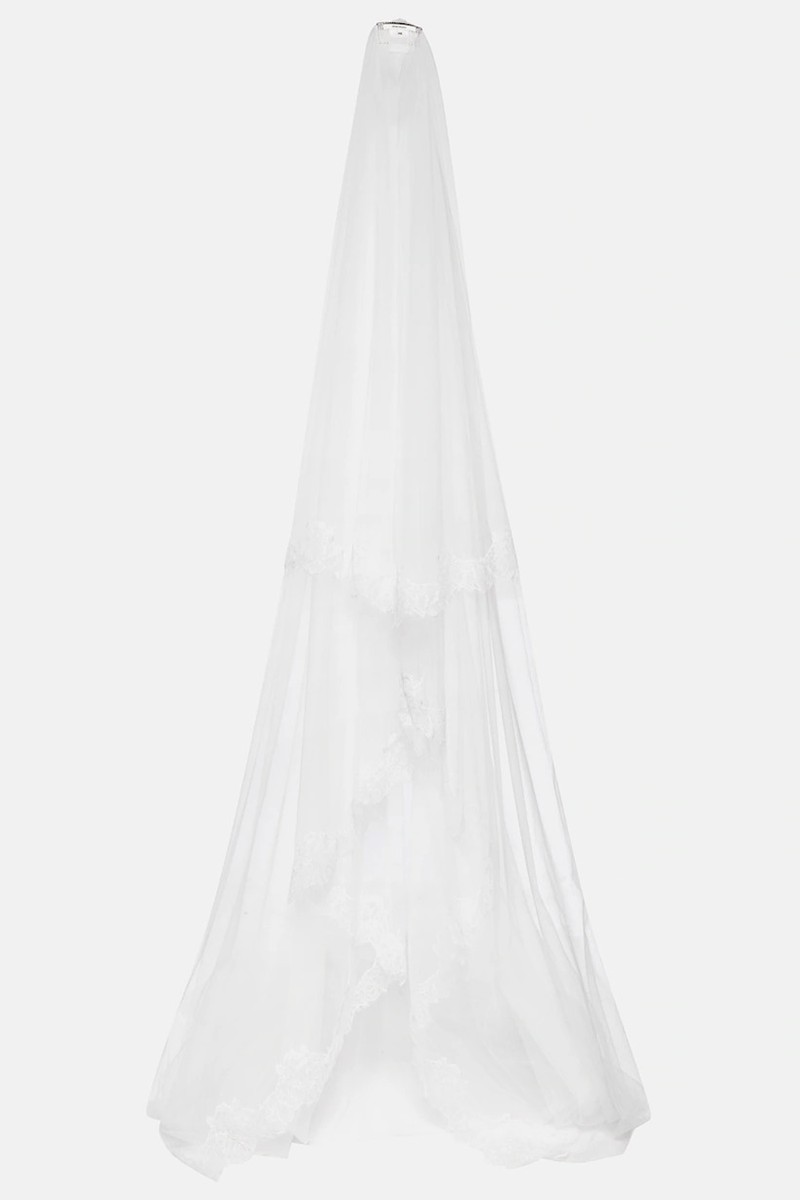
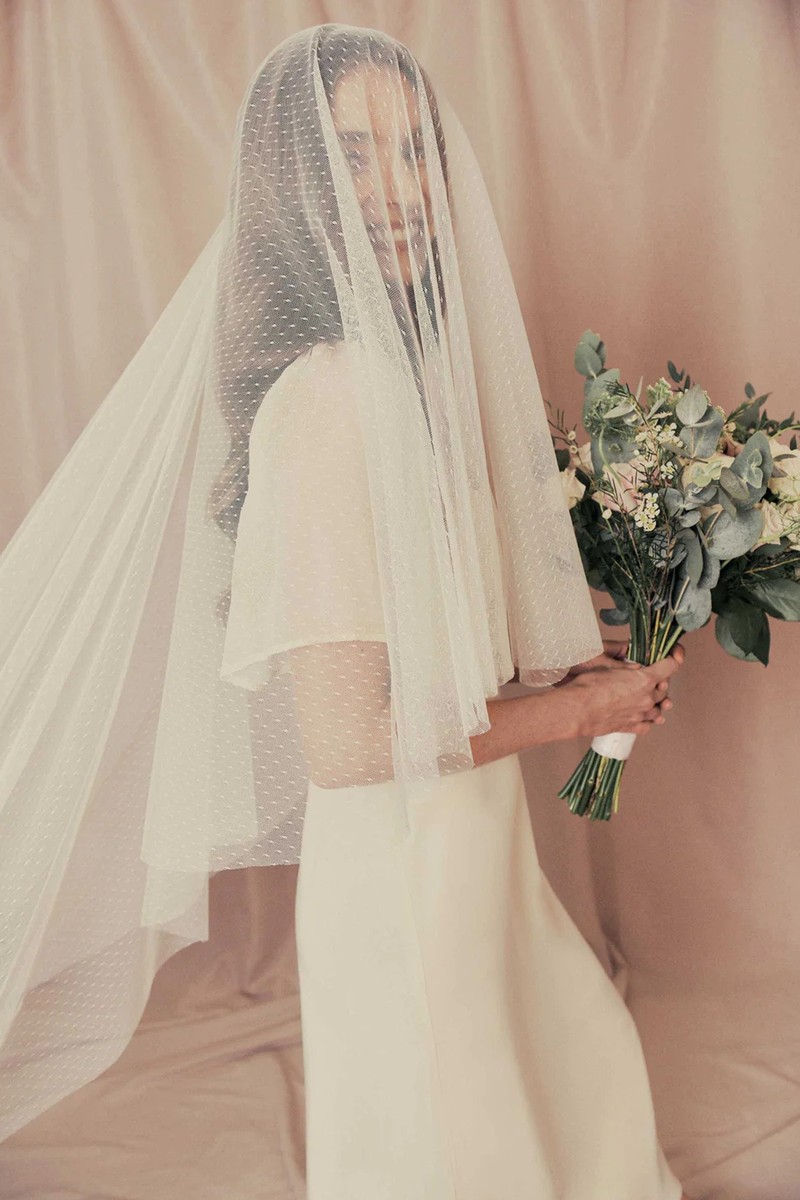
Bows, embroidery, ruffled edges... there are myriad ways to make veils cool and more fashion-forward.

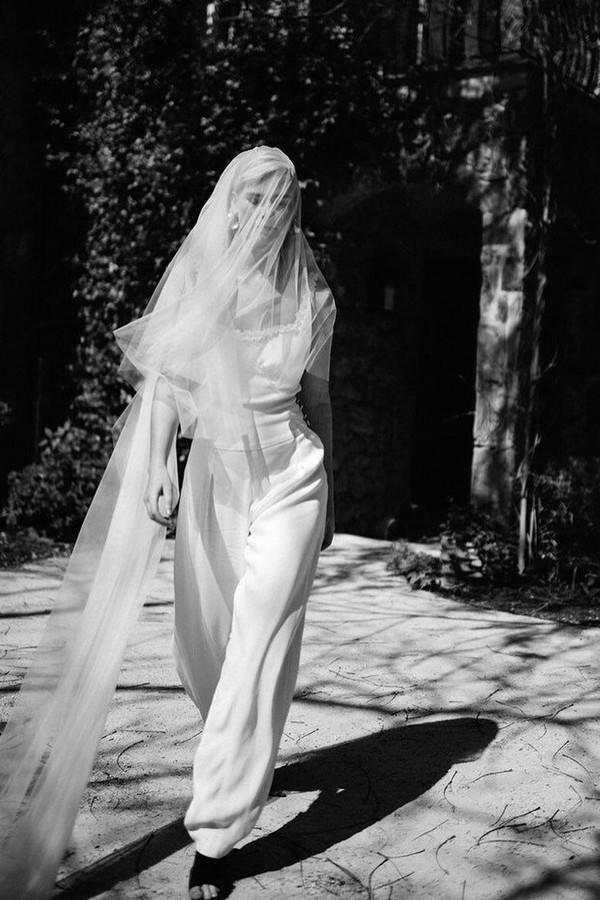
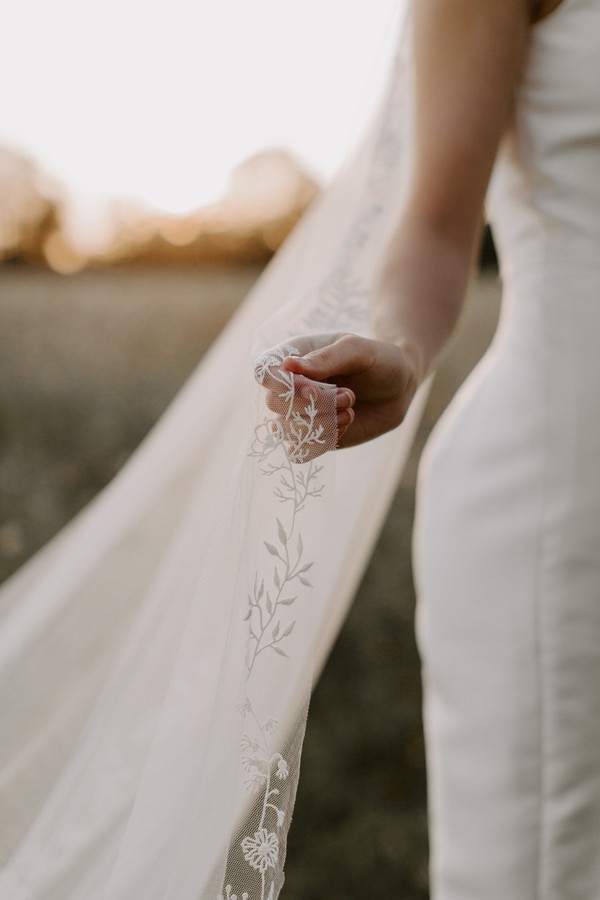
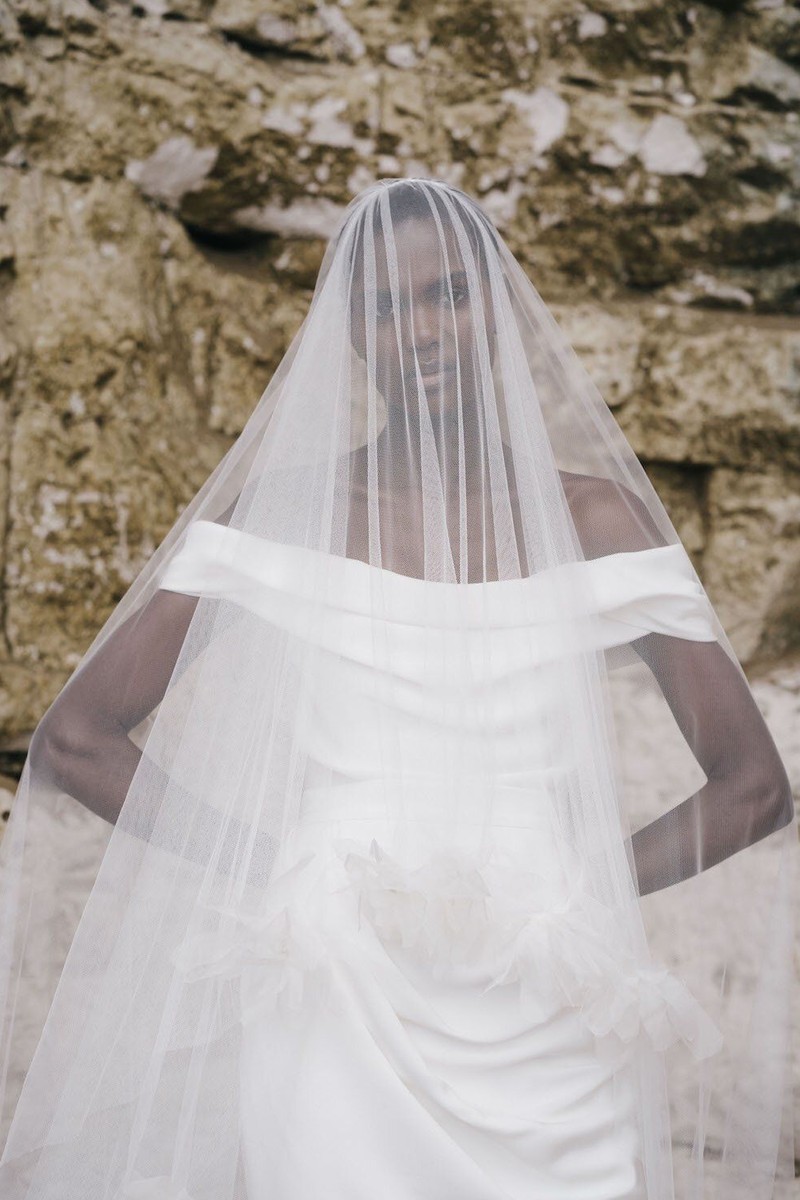
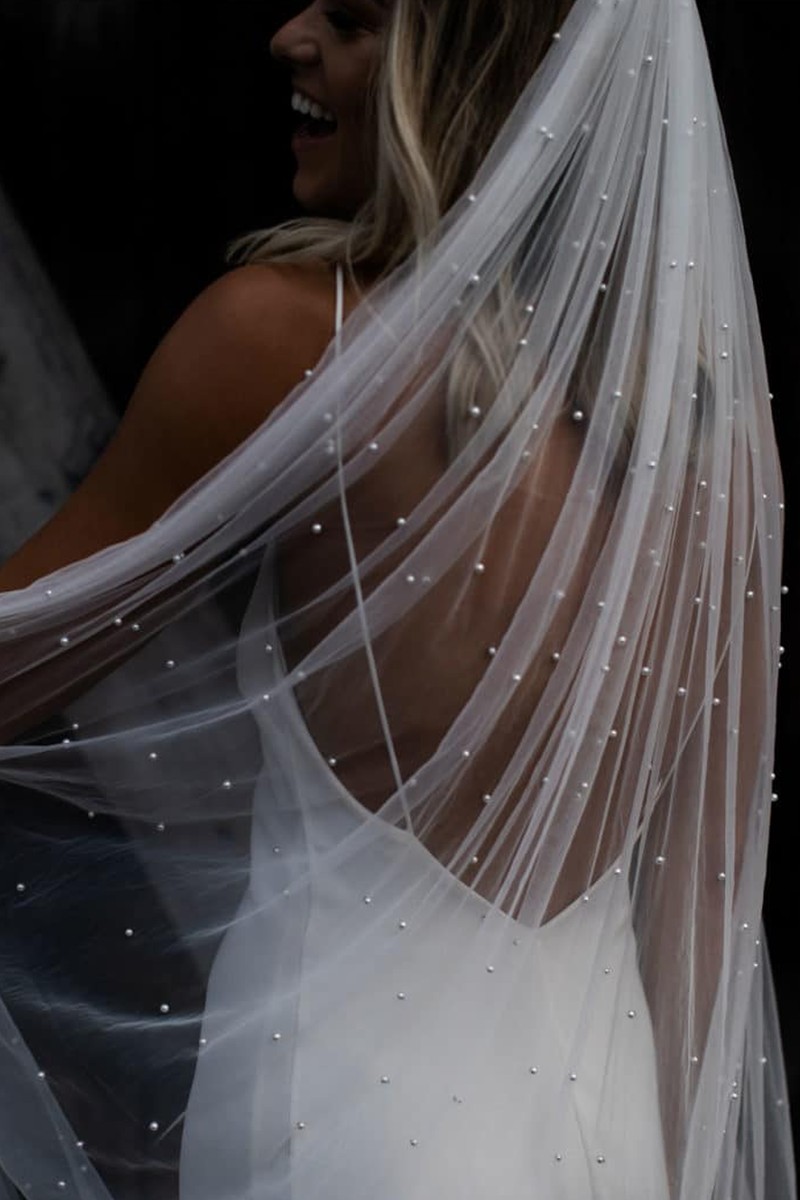
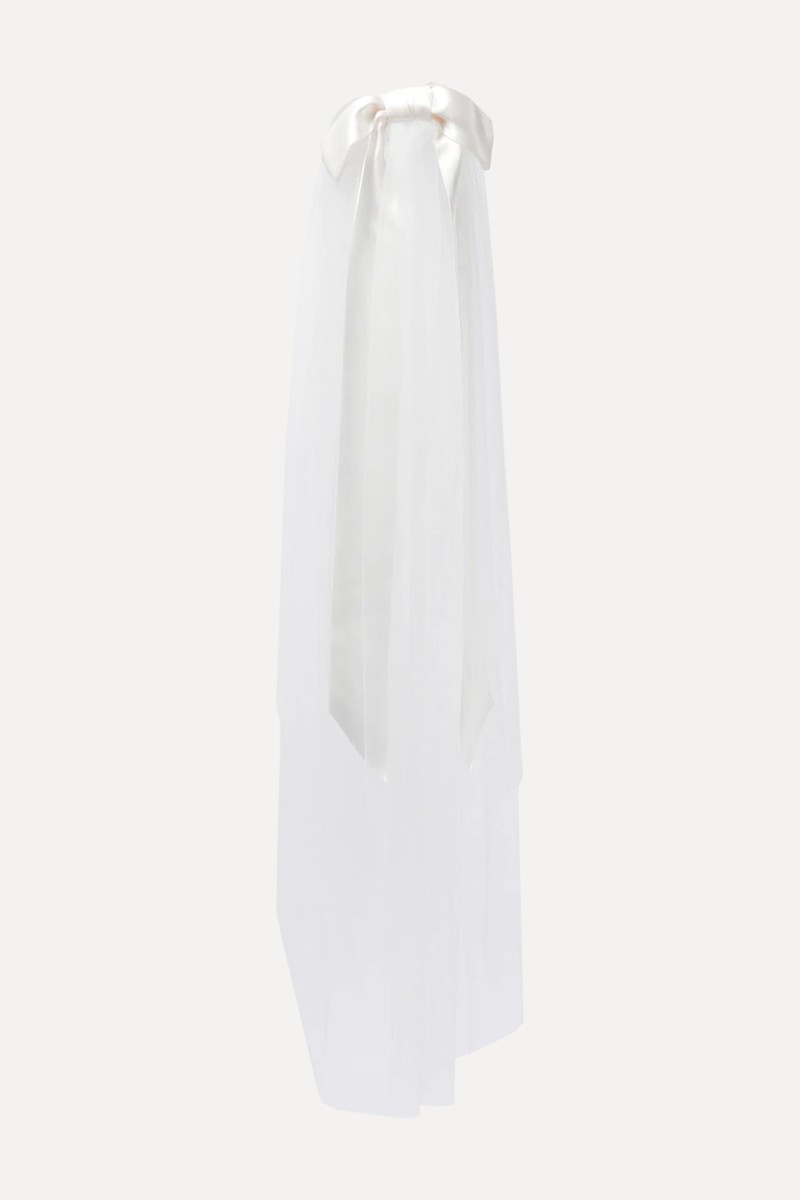
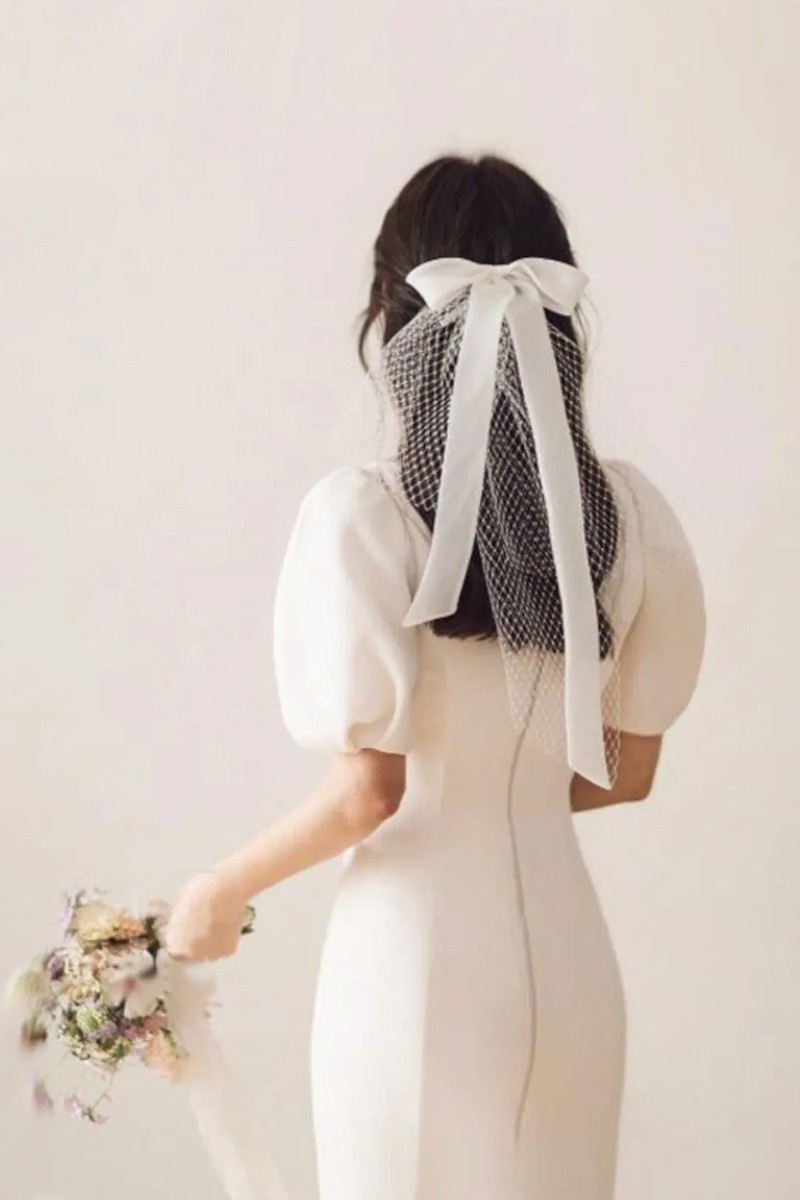
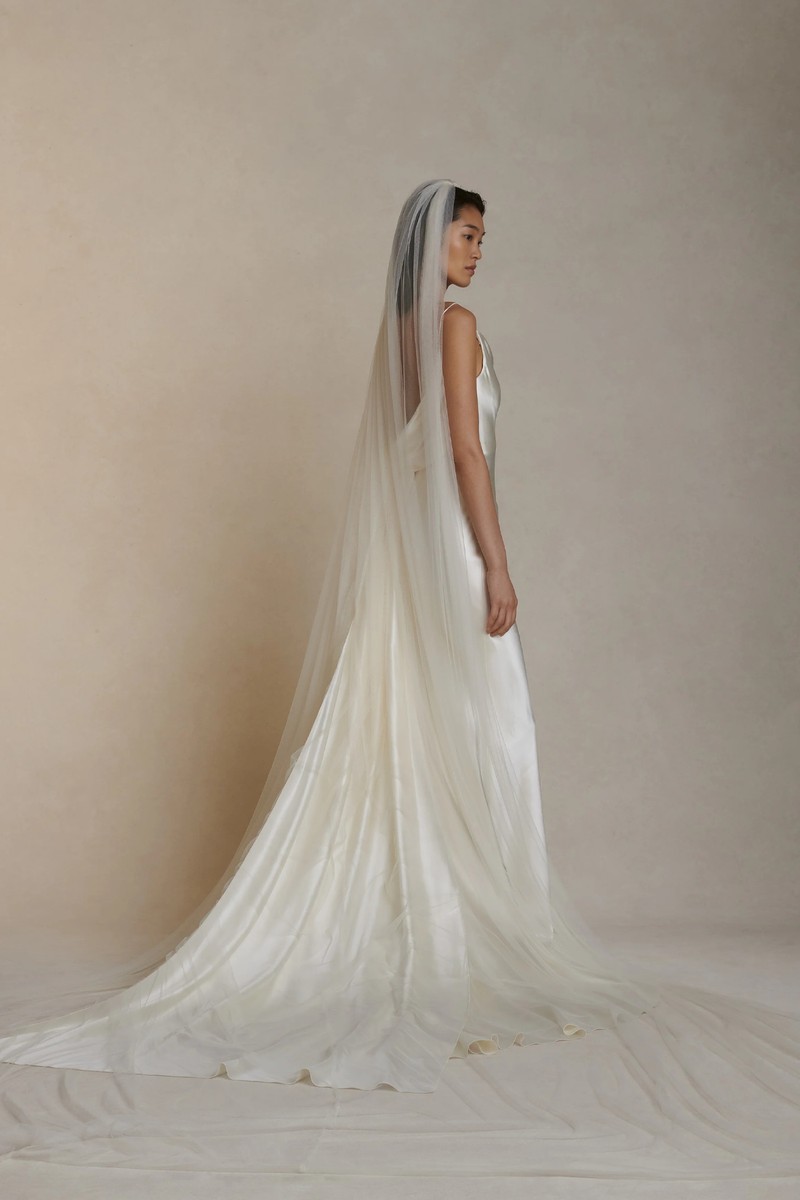
DISCLAIMER: We endeavour to always credit the correct original source of every image we use. If you think a credit may be incorrect, please contact us at info@sheerluxe.com.
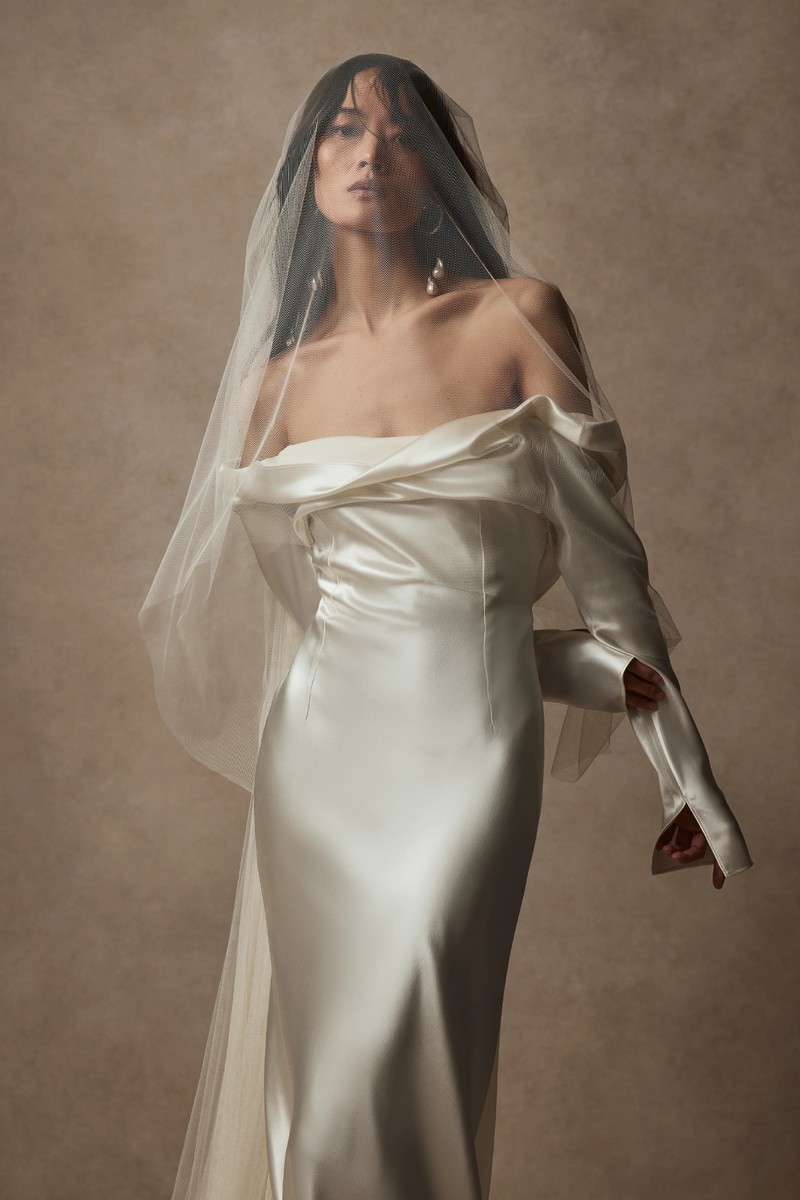
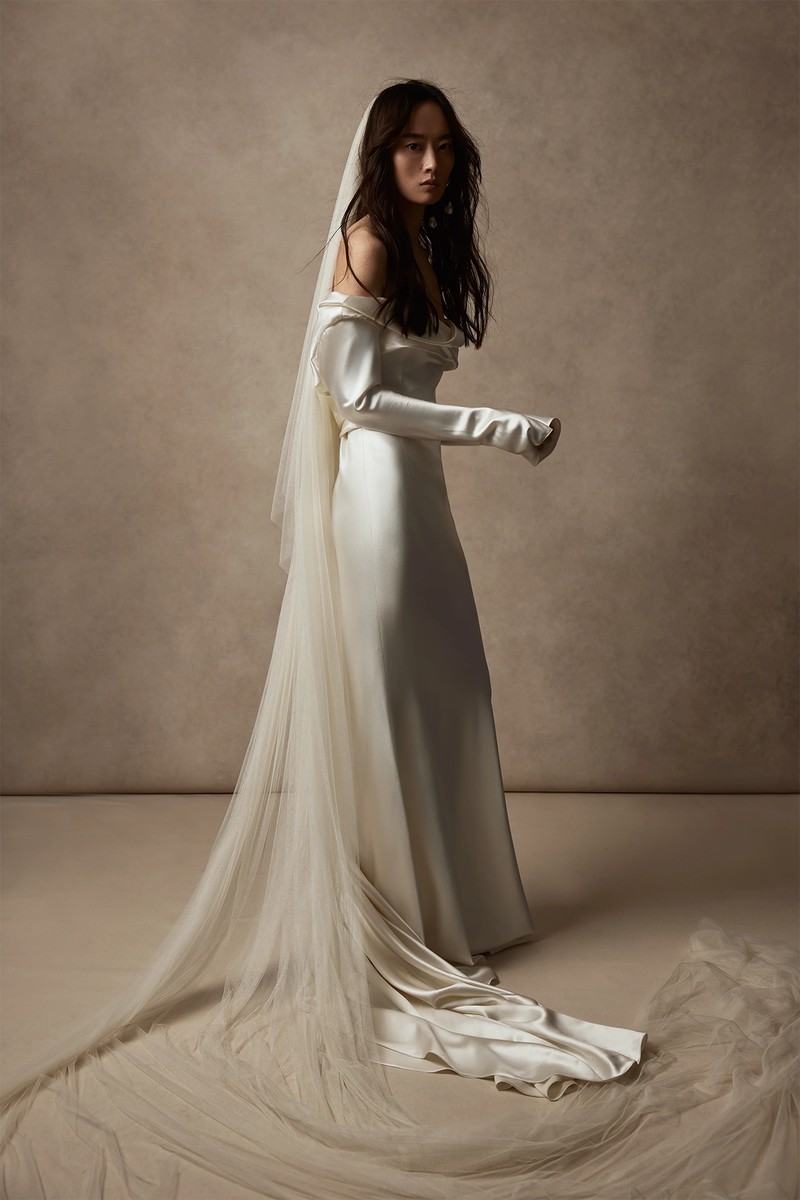
/https%3A%2F%2Fsheerluxe.com%2Fsites%2Fsheerluxe%2Ffiles%2Farticles%2F2023%2F10%2Fphillipa-lepley.png?itok=ZFer8Xyp)
